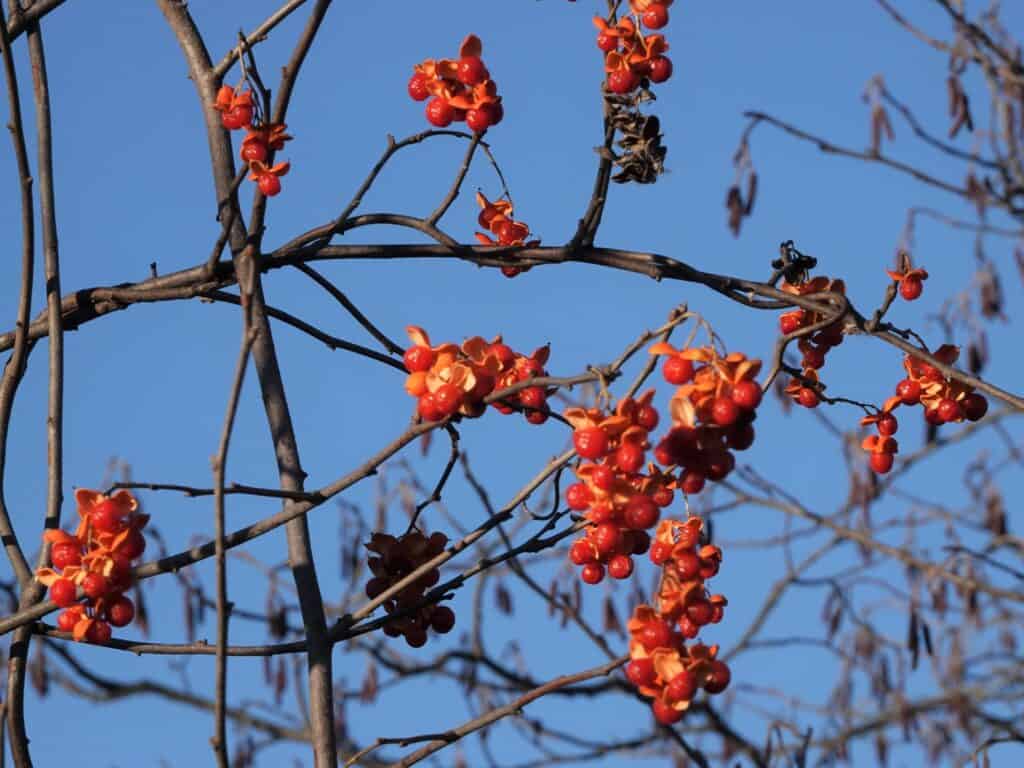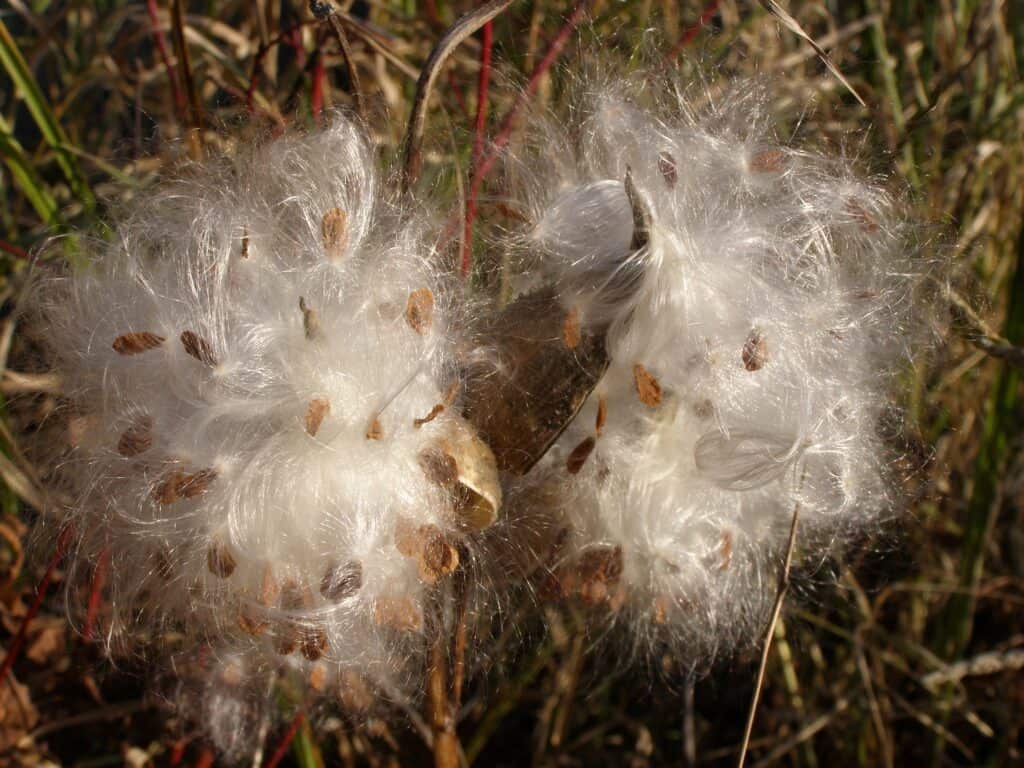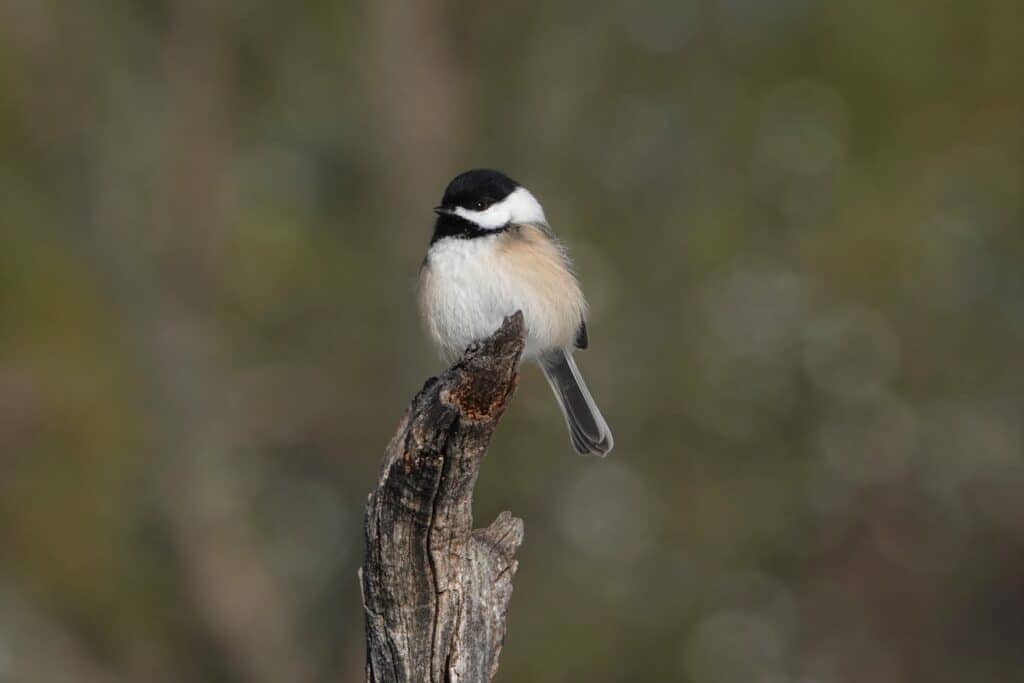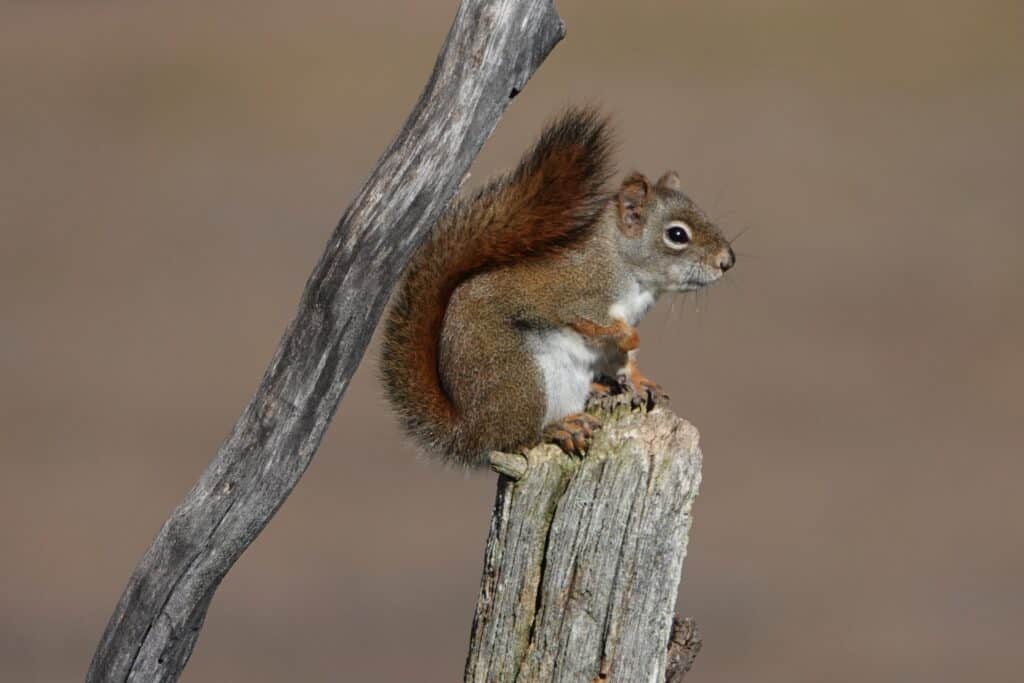November offers much more than meets the eye
This week I’ve been thinking a lot about my mother and the huge influence she had on my life – and still does. She was born on November 16, 1925 and died 87 years later on the same day. Coming from northern Ontario, she loved the fall and winter and often mentioned how she was re-energized by the cooler temperatures. This has always stuck with me and helps explain my special fondness for November – a month that provides the perfect balance between both of these seasons.

Still, relatively few people are enamoured by this time of year. For many, it’s simply the grey, damp interval between the dazzling leaves of October and the swirl of lights and decorations of December. It’s true that the majesty of early fall is gone. Roger Nelson, author of “A Dale’s Naturalist”, writes “colours that were weeks in the making, lights that were like living fire, are now just dead things on the ground, swept into corners by the fitful breeze.”
So, what seduces me about this month? At its most basic, November embodies a feeling that touches the soul. There’s a hush that descends upon the land as the natural world seems to slow down. Most of our birds have departed, insect song has surrendered to the cold, and the trees are bare. There’s a calm in our own lives, too. The frenetic rush of Christmas is not yet upon us and, with any luck, outdoor jobs have been completed – the wood is piled, the leaves are raked, summer furniture is put away, and the Christmas lights are up.
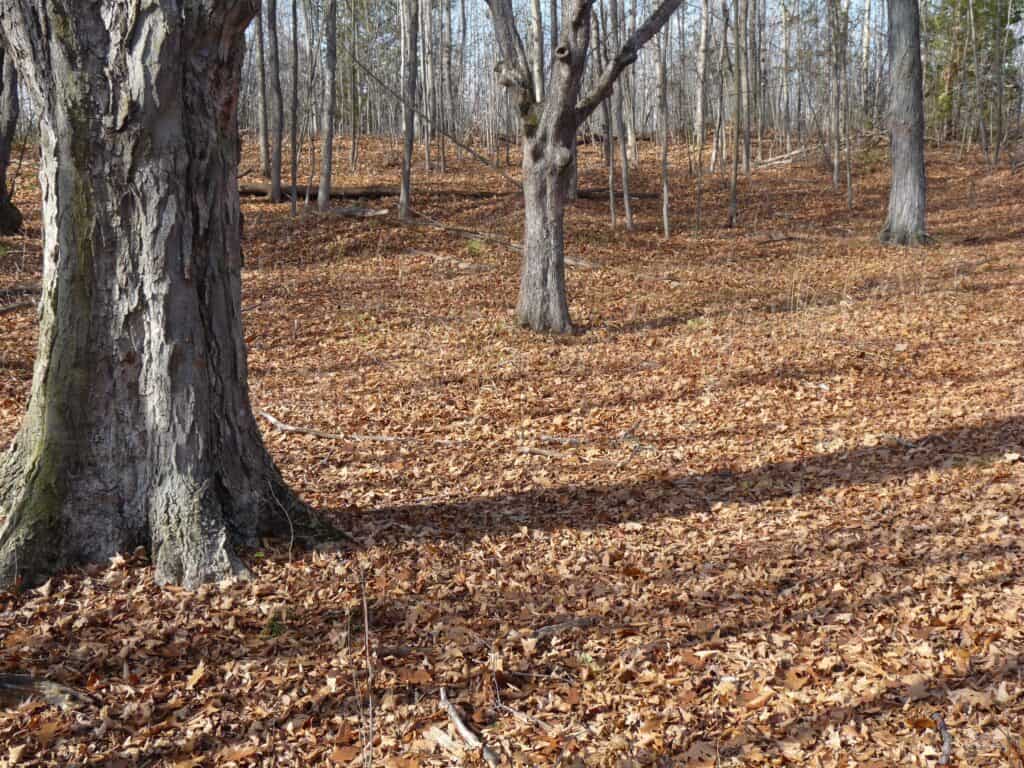
The cool, invigorating air makes November one of the best months for walking. It infuses your every step with new-found energy. Even on a walk you’ve done a hundred times, new points of interest reveal themselves as the curtain of foliage has fallen. It’s such a pleasure to walk freely, unencumbered by summer’s heat and biting insects or winter’s icy sidewalks. It feels good to bundle up on cold days and feel the warmth of a fleece or woollen socks, especially when snow begins to fall. Although it reminds us of what’s around the corner, I still feel that childlike wonder in seeing the first snow flakes and looking closely at their exquisite six-sided designs on my coat sleeve. And let’s not forget the pay-off of the warmth and coziness of the indoors when we get home. Having been out in the cold makes food taste better, and none more so than root vegetables, soups, and chili. Even the much-maligned lack of daylight is made up for by glowing candles and a relaxing fire.
November for the eyes
The first thing I notice in the fall is how different the light is. Gone is the harsh, mid-day glare of summer that blazes down upon us from almost straight above. Rather, November sunlight comes to us aslant, softening everything it touches and casting long shadows. A quick glance skyward explains why. Even at noon, the late-fall sun rides much lower in the sky, at only two-thirds of the distance between the horizon and the sky’s zenith. I like to imagine that I can actually feel the tilt of the earth as the northern hemisphere is now angled sharply away from the sun and its rays strike us diagonally. The sun also rises and sets much further south – something I notice when I step outside at sunrise to get the paper. This shorter arc through the sky means the days are much shorter.
Gone are the dramatic day-to-day changes in leaf colour that enlivened the landscape just a few short weeks ago. With the veil of foliage now lifted, what stands out are nature’s fundamentals – sky, water, soil, rock, and tree. In some ways, it’s easier to focus our senses as there is less to distract us.
If you pay close attention, there is still colour to be enjoyed. Its relative absence makes November hues all the more appealing. November’s colours live in the orange and red fruits of bittersweet vines, the oranges and browns of oak leaves still clinging to the branches, the beige and whites of milkweed seeds spilling from half-open pods, and the emerald of evergreen ferns and mosses. For a special treat, get down on your hands and knees and examine the mosses closely. You will enter a world of the most intricate design and every shade of green.
There is yet another November treat for the eyes. When night falls, step outside with a pair of binoculars and look up. The winter stars have already taken centre stage and none more so than those of the Orion constellation. Take a moment to study its three-star belt. Hanging from the belt is Orion’s sword, which includes the Orion Nebula. This is a spectacular object that can be clearly identified with the naked eye as something different. Using binoculars, its clouds of nascent stars, luminous gas, and dust can be observed. Move on to the four stars that frame Orion’s shoulders and legs. Pay special attention to red Betelgeuse, in the upper left, and blue-white Rigel, in the lower right. If you follow the line of the belt to the right, you’ll arrive at the Pleiades or “Seven Sisters”, the most prominent and scintillating start cluster in the night sky.
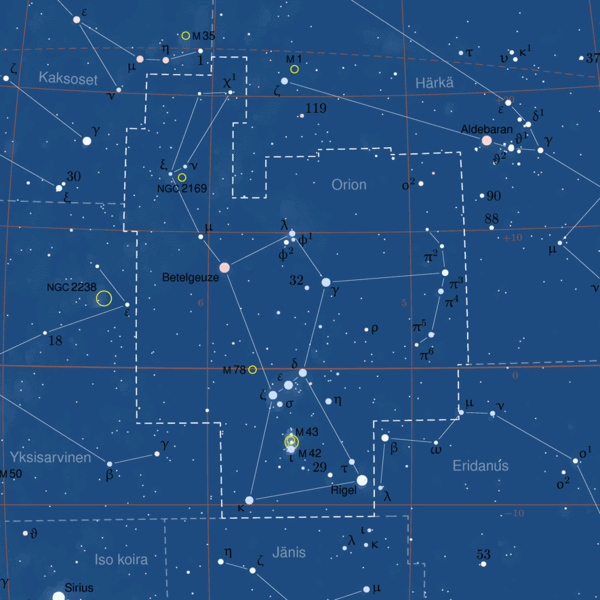
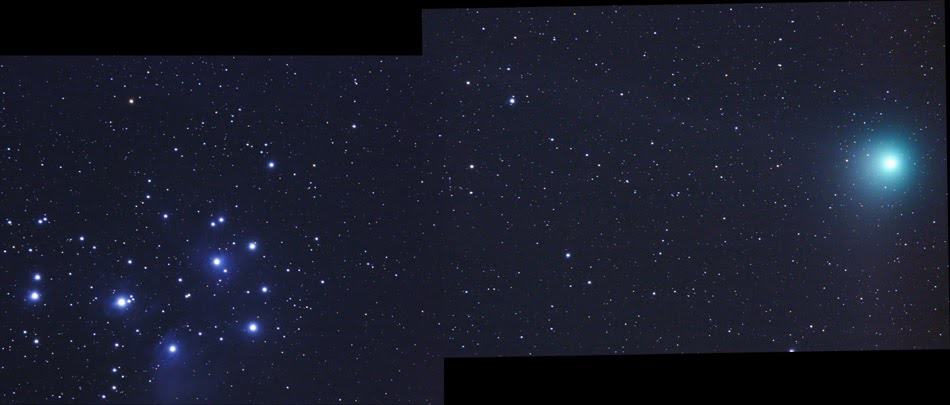
Enjoying the other senses
November makes us work a little harder when it comes to our other senses. The smell of November is that of fallen leaves on the forest floor. You can appreciate it most on a warm, damp day. Take in a deep breath and savor the spicy aromas – all the more evocative since they’ll soon disappear with the snow and cold. Some days, you will also notice the odour of manure from a distant farm field or the lovely smell of a wood stove.
Other than the rhythm of your own footsteps, November can seem like total silence. As much as I love the soundscape of the natural world, I also take pleasure in this absence of sound. It defines November’s hush. There is no rattle or buzz of insects and no singing birds. It doesn’t mean that wildlife is silent, however. Listen carefully for the call notes of finches passing overhead, the chattering of chickadees, the far-off croak of a raven, the clamour of geese feeding in a corn field, or the scolding of a disgruntled red squirrel.
Wind is maybe the signature November sound. But it’s not just one wind; it’s many: the roar of high-altitude gusts that send clouds scurrying across the sky, the murmur of softer breezes in the pine boughs overhead, and the rustle of dry leaves brought to life by the slightest rush of air. Trees are indeed musical instruments, and their sounds are an integral part of the November sound track.
Our sense of touch can be quickened, too, by taking time to feel the downy leaves of mullein, the textures of different tree barks, and the caress of the weak – but very welcomed – November sun. Finally, no late fall woodland walk is complete without taking a moment to taste the leaves of wintergreen or the buds of yellow birch for their wonderful minty flavor.
Short, cool, and reduced to nature’s fundamentals, these November days are a palpable reminder of the change of season. Given half a chance, November can provide a sense of calm and well-being that will see you through to the holiday season just around the corner – a time of year my mother absolutely loved!
CLIMATE CRISIS NEWS
To be inspired to take an active role in addressing the climate crisis, people need to feel alarmed at how serious it is but also feel encouraged by the many reasons for hope, hence these news items from both perspectives.
ALARM: This year, roughly a quarter of the vast Pantanal wetland in Brazil has burned in wildfires worsened by climate change. As one of the most bio-diverse places in the world, tourists flock here to see exceptionally high concentrations of iconic wildlife like jaguars, endangered giant otters, and bright blue hyacinth macaws. Drought worsened by climate change had turned the wetlands into a tinderbox, and the fires are still not completely under control. Details at https://cnn.it/36FwXKk
HOPE: Toronto-Dominion Bank has announced that it will no longer provide project-specific financial services for oil and gas-related activities in the Arctic. This is part of its plan to get to net-zero emissions by 2050. TD has joined a host of other global lenders who have taken similar action. Last month, RBC, which is Canada’s biggest lender, became the first Canadian bank to say it will not directly finance exploration or development in the Arctic National Wildlife Refuge. Read this story at https://bit.ly/2INBp1R
For local climate news and ways to take action, go to https://forourgrandchildren.ca/ and subscribe to the newsletter.
